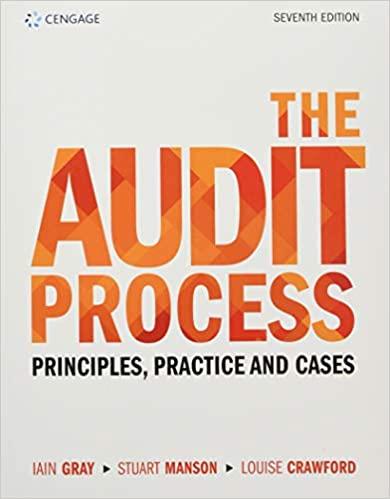It is important to recognize that audit sampling may be constructed on a non-statistical basis. If the
Question:
It is important to recognize that audit sampling may be constructed on a non-statistical basis. If the auditors use statistical sampling, probability theory will be used to determine sample size and random selection methods to ensure that each item or £1 in value of the population has the same chance of selection. Non-statistical sampling is more subjective than statistical sampling, typically using haphazard selection methods and placing no reliance upon probability theory. However, in certain circumstances statistical sampling techniques may be difficult to use.
The auditors will review the circumstances of each audit before deciding whether to use statistical or non-statistical sampling.
Required:
(a) List three situations where the auditors would be unlikely to use audit sampling techniques.
(b) Explain what you understand by the following terms:
• attribute sampling • monetary unit sampling.
(c) Describe the factors which auditors would consider when determining the size of a sample.
(d) Describe to what extent statistical sampling enhances the quality of audit evidence (ACCA, Paper 6 Auditing, June 1993).
Step by Step Answer:

The Audit Process Principles Practice And Cases
ISBN: 9781473760189
7th Edition
Authors: Iain Gray, Louise Crawford, Stuart Manson





